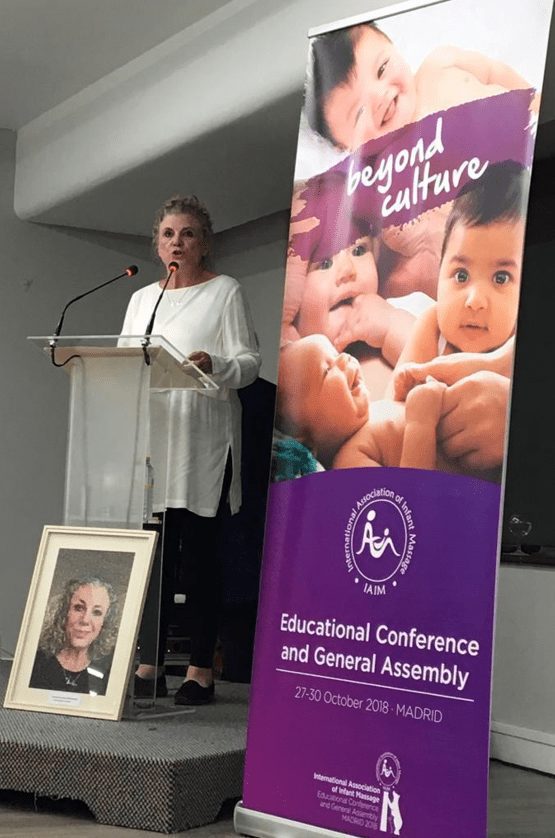A new study suggests that although we are inherently drawn to familiar groups of people, having dislike for unfamiliar groups appears to be a learned behavior.
“Persistent discrimination and conflict across cultures has led psychologists to question whether we are naturally inclined to like people who are similar to ourselves and to dislike those who are different, or whether we are taught to feel this way,” said Anthea Pun, the study’s lead author and a graduate student in the University of British Columbia department of psychology.
“These findings suggest both are true: liking people who are similar to ourselves seems to be an innate bias, but disliking those who are different is something we likely learn later.”
Previous research has shown that three-year-olds show positive biases toward people who are similar to them and negative biases towards those who are different. In the new study, the UBC researchers wanted to focus on infants to find out when and how these biases first emerge.
The study involved six experiments with 456 infants aged eight to 16 months at Science World’s Living Lab located at TELUS World of Science in Vancouver. The experiments investigated how quickly babies habituated to either familiar or unfamiliar language speakers performing prosocial (giving) behavior or antisocial (taking) behavior.
Habituation measures how long it takes infants to process pictures and sounds. When the information matches the infants’ expectations, attention declines at a faster rate. By measuring infants’ rate of habituation, the researchers were able to independently measure whether infants had formed positive or negative evaluations of people speaking familiar and unfamiliar languages.
Overall, the findings show that, by one year of age, infants not only think of speakers of their native language as good, but they also expect them to be prosocial. The infants appeared to be surprised when observing speakers of their native language engaging in antisocial behavior.
The infants did not appear to have any positive or negative expectations of speakers of an unfamiliar language, however, suggesting that negativity toward groups different from their own is likely learned after the first year of life.
“This study provides critical insight into the origins of social group bias by allowing researchers to understand how positivity and negativity toward groups develops independently,” said Dr. Andrew Baron, the study’s senior author and associate professor in the UBC department of psychology.
What occurs to me regarding this study and others about infants’ preferences regarding language and race is that the first year of life can be an important time for exposure. Parents can try to make sure their infants are exposed to different languages and skin color, associated with prosocial behaviors, providing a great start for when their babies grow and encounter subtle cues from family and society that could teach them to regard the “other” as negative.
